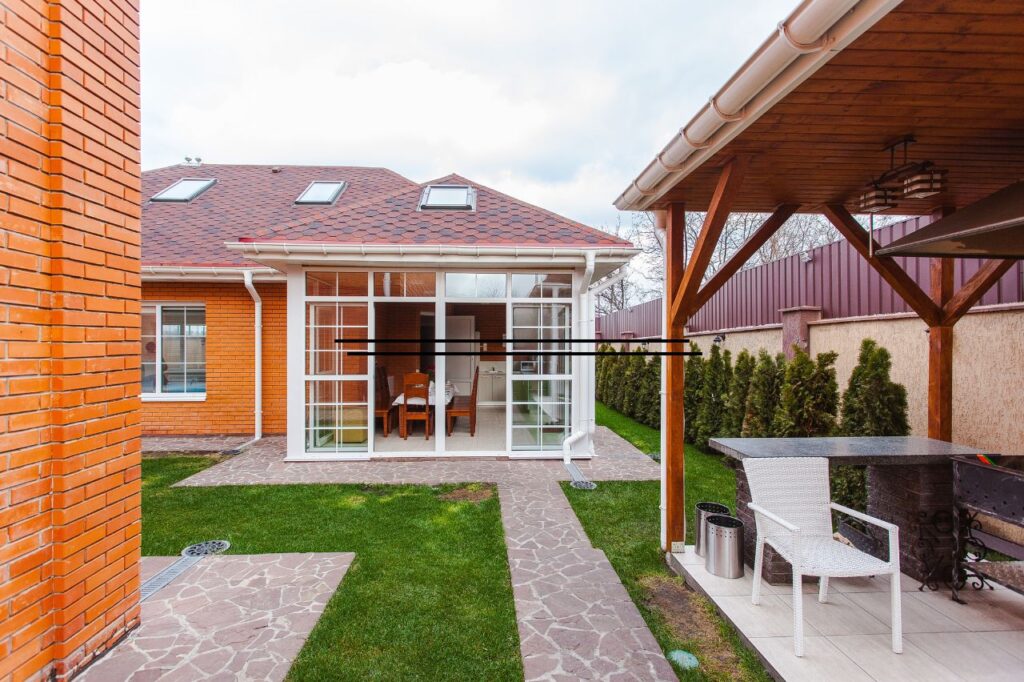If you own a small lot, selecting the most effective septic system for your property can be tricky. From engineering requirements to tank size and regulations, there are a variety of considerations that must be taken into account when determining the best septic system for your home. This guide provides helpful tips and advice to make sure you choose the right system.
Start with a site evaluation
The first step when selecting the right septic system for your small lot is to get a site evaluation. This process involves having a professional inspect the exact size, usage, and location of your property. By understanding the specific needs of your home and yard, it will be easier to select a system that can handle them effectively. A site evaluation can also help you understand engineering and regulatory requirements for your septic system.
You can take the results of the site evaluation to your septic system contractor or installer. They can explain different tank and system options, including alternative treatments for small lots. The great thing about these systems is that they need minimal space, with some models able to be placed entirely within a backyard. They’re also often tailored to needs specific to your home. Talk with your contractor or installer to ensure you select the best type of system for your small lot.
Explore the options: aerobic vs anaerobic systems
There are two main types of septic systems to consider when selecting the right one for your small lot. Aerobic systems contain oxygen, which is needed to help the process of waste removal from wastewater. This septic system typically requires electricity to operate and involves a higher initial cost but could be more suitable for heavily treed or landscaped areas since there are no tanks and pumps. On the other hand, anaerobic systems do not require oxygen, as long as there is enough bacteria present in the soil to break down the effluent into harmless discharge. If you have a small lot, this type of system may be easier and less costly to install than an aerobic system.
You will also want to consider your available space and the local requirements before you choose between an aerobic or anaerobic septic system. If you need additional information to determine the best option, contact a local, qualified professional who can answer questions, provide advice, and help you with any necessary permits. Taking time to explore all the options is important since your choice will affect many aspects of your property such as ease of use, energy consumption, long-term costs, and environmental impact.
Choose filter media and tank size that is appropriate for your lot size, soil type, and other factors
Choosing a septic tank size that is appropriate for your small lot is essential for proper wastewater treatment. The filter media can be tailored to the specific needs of your property—such as soil type, site area and use intensity. For instance, if you have sandy soil, a smaller tank size may work better. You should also consider other factors such as the depth of groundwater, amount of vegetation on the site and nearby streams when determining the right septic system for your small lot.
Consider any construction requirements
When selecting a septic system, it’s important to consider any construction requirements. Any tank larger than 1,000 gallons will generally need additional support in order to prevent the tank from becoming unstable and shifting over time. In some cases, the appropriate type and size of backfill material may need to be installed during the installation process. Additionally, most large tanks will require access points like manholes or risers in order to allow for manual cleaning and inspections of the tank.

